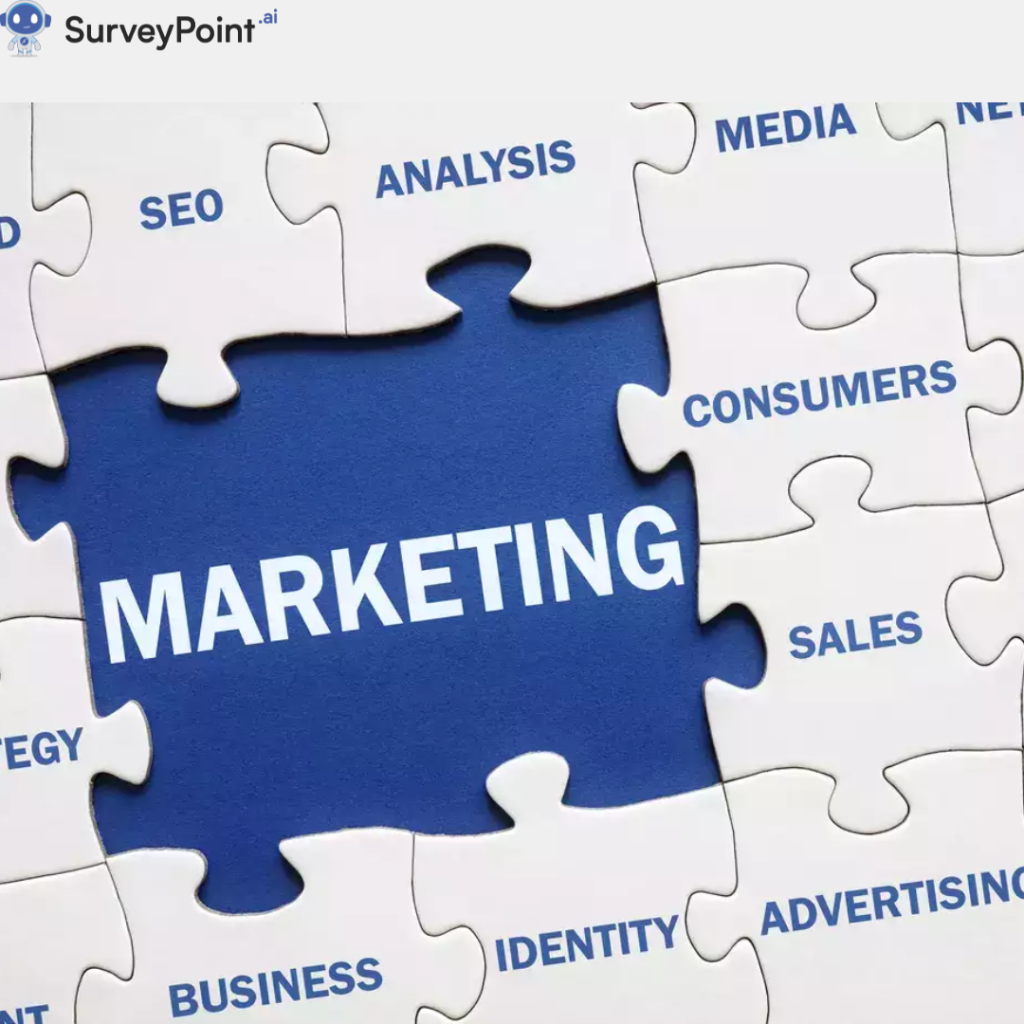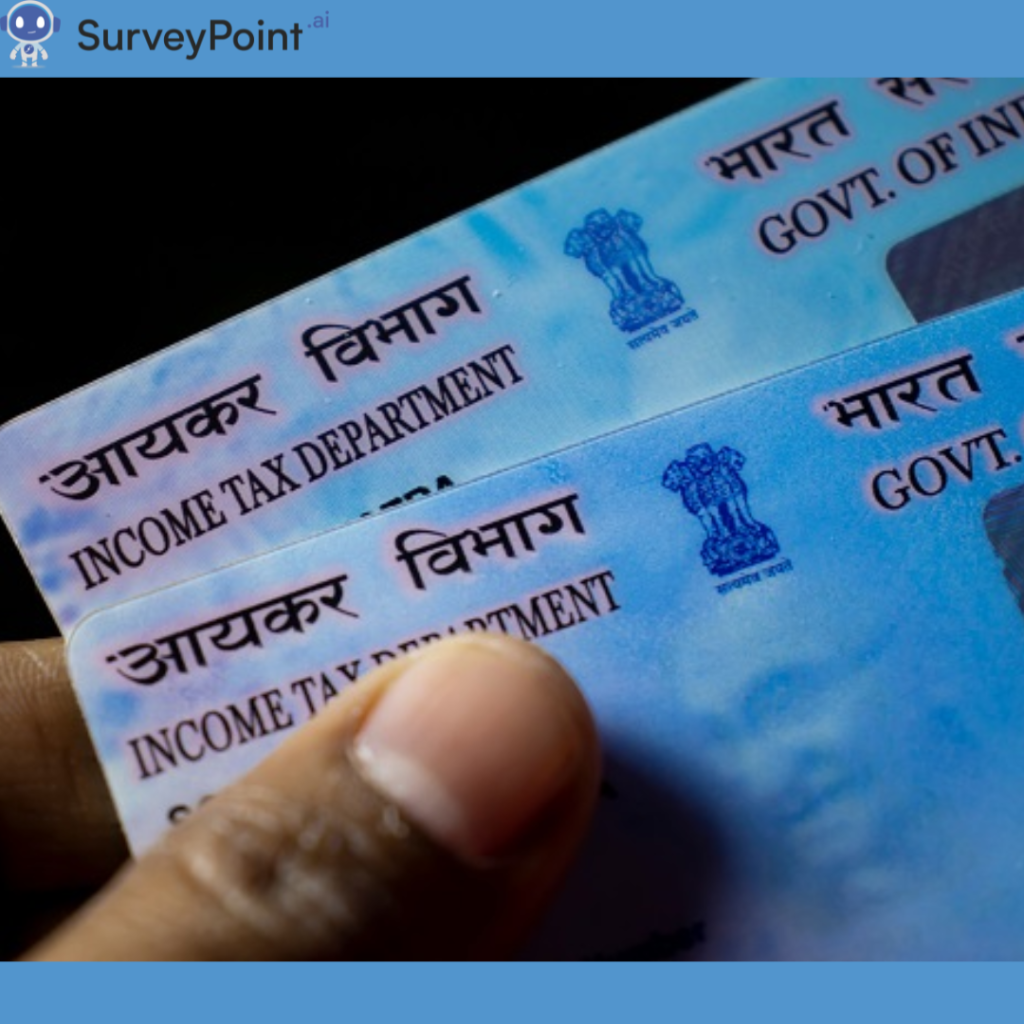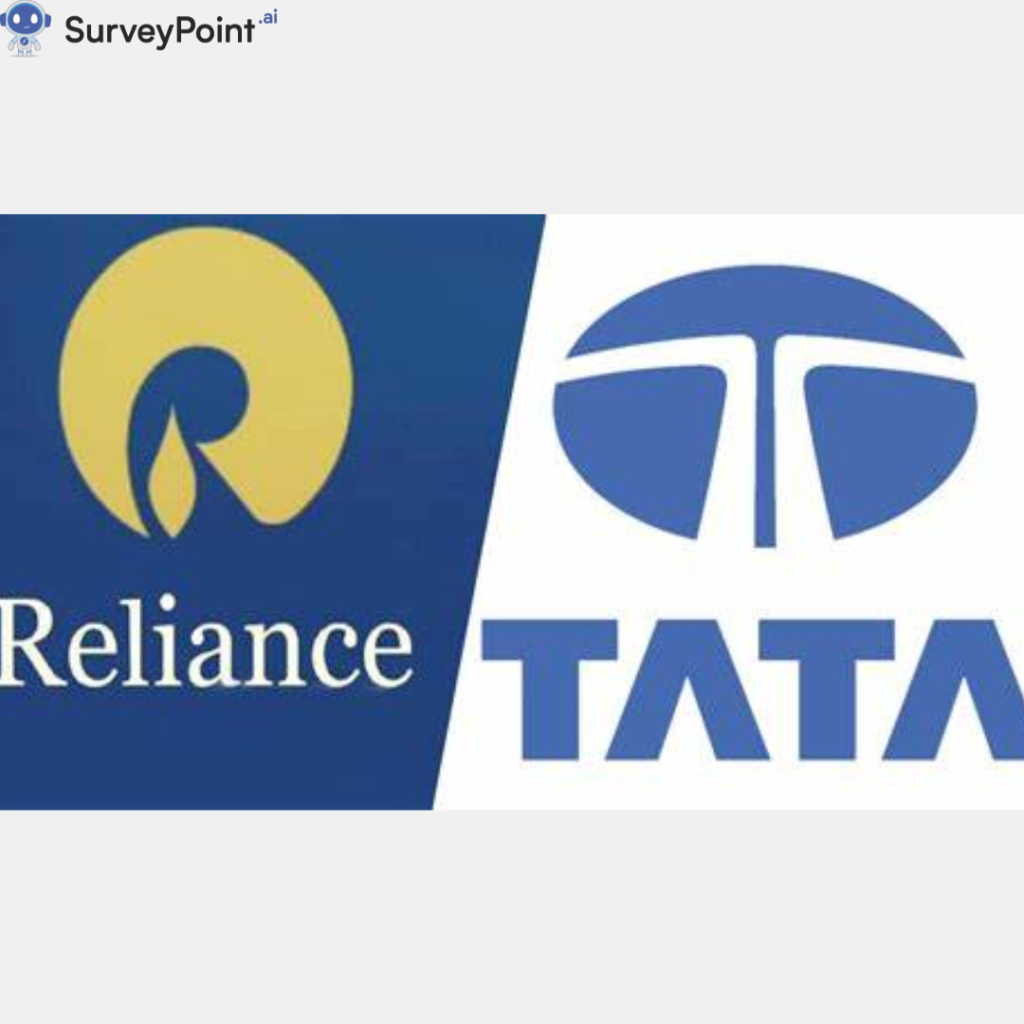
India, one of the fastest-growing consumer markets in the world, has seen its businesses adopt innovative marketing strategies to capture and engage audiences. From leveraging digital platforms to using hyper-local and culturally relevant campaigns, Indian companies have proven to be creative powerhouses in marketing.
Here’s a look at some of the best marketing strategies employed by Indian companies and how they have successfully reached their target audiences.
1. Leveraging Social Media for Impact
Example: Zomato’s Quirky Social Media Campaigns
Zomato, India’s popular food delivery platform, is known for its witty, relatable, and engaging social media content. They use memes, trending topics, and pop culture references to connect with their audience. Their real-time engagement on platforms like Instagram and Twitter ensures consistent interaction and visibility.
Why it Works:
- Relatability: Content resonates with millennials and Gen Z.
- Engagement: Encourages likes, shares, and discussions.
- Cost-Effectiveness: Organic reach through virality.
2. Regional and Culturally Relevant Advertising
Example: Amul’s Topical Campaigns
Amul’s billboard campaigns, featuring the iconic Amul Girl, remain a staple in Indian marketing. The brand creates witty advertisements that reflect current events, regional festivals, or global news, making their campaigns highly relatable and shareable.
Why it Works:
- Cultural Relevance: Appeals to diverse Indian audiences.
- Timeliness: Matches the pulse of the nation.
- Brand Recall: Consistent creative style ensures recognizability.
3. Celebrity Endorsements and Influencer Marketing
Example: Byju’s with Shah Rukh Khan
Education technology company Byju’s has effectively used Shah Rukh Khan as a brand ambassador to appeal to families and students. This association builds trust and credibility, especially in tier-2 and tier-3 cities where Khan has a strong fan base.
Why it Works:
- Credibility: Boosts trust in the product.
- Mass Appeal: Celebrities reach diverse demographics.
- Social Proof: Influencer collaborations target niche audiences.
4. Embracing Digital Transformation
Example: Reliance Jio’s Digital Revolution
Reliance Jio disrupted the telecom market with its affordable internet services and free content offerings. Beyond pricing, Jio’s marketing strategy involved partnerships with digital content creators, free apps, and exclusive OTT platforms like JioCinema.
Why it Works:
- Integration: Combines services into a seamless ecosystem.
- Digital First: Appeals to a tech-savvy audience.
- Accessibility: Makes digital services affordable for the masses.
5. Hyper-Local Marketing Strategies
Example: Dabur’s Ayurveda Push in Rural India
Dabur, a leading FMCG company, tailors its campaigns to rural India, emphasizing its Ayurveda roots. Through regional advertisements, door-to-door campaigns, and culturally relevant messaging, Dabur has built trust across generations.
Why it Works:
- Localization: Addresses specific regional needs.
- Trust-Building: Roots campaigns in traditional Indian practices.
- Accessibility: Provides products suited to local preferences and budgets.
6. Cause-Based Marketing
Example: Tata Tea’s “Jaago Re” Campaign
Tata Tea has consistently tied its brand to social causes, from urging citizens to vote to raising awareness about gender equality. The “Jaago Re” campaign effectively uses emotional storytelling to drive awareness while promoting the brand.
Why it Works:
- Emotional Connection: Aligns with audience values.
- Social Impact: Enhances brand reputation.
- Memorability: Cause-driven campaigns leave a lasting impression.
7. Experiential Marketing
Example: Flipkart’s Big Billion Days Sale
Flipkart’s annual sale has become a nationwide shopping event. Their marketing includes teaser campaigns, influencer promotions, and app gamification, creating excitement and anticipation among shoppers.
Why it Works:
- Event Creation: Turns a sale into a festive experience.
- Gamification: Encourages app engagement.
- FOMO: Limited-time offers create urgency.
8. Data-Driven Marketing
Example: Paytm’s Personalized Promotions
Paytm uses its customer transaction data to offer personalized discounts, cashback, and deals. This strategy ensures higher engagement and repeat usage of the app.
Why it Works:
- Customization: Tailored offers increase relevance.
- Retention: Rewards keep users loyal.
- Efficiency: Optimizes marketing spend by targeting specific segments.
9. Partnerships and Ecosystem Building
Example: Swiggy’s Collaborations
Swiggy collaborates with brands like Pepsi, Nestlé, and local restaurants to offer bundled discounts and exclusive deals. Such partnerships create value for customers and drive higher order volumes.
Why it Works:
- Synergy: Combines strengths of multiple brands.
- Win-Win: Benefits all stakeholders, including consumers.
- Market Expansion: Introduces the brand to new audiences.
10. Gamified Marketing
Example: Cred’s Interactive Campaigns
Cred uses gamification in its marketing by rewarding users for paying credit card bills on time. The campaigns feature celebrities and quirky ads that entertain while promoting financial discipline.
Why it Works:
- Engagement: Keeps audiences entertained.
- Incentives: Rewards drive customer loyalty.
- Differentiation: Stands out in a competitive market.
Conclusion
Indian companies have demonstrated remarkable creativity and adaptability in their marketing strategies. From leveraging digital platforms to connecting with local cultures, these approaches showcase the diversity and dynamism of India’s consumer market. As the landscape evolves, brands will need to stay innovative and responsive to keep their audiences engaged and loyal.
By studying and adopting these strategies, businesses can gain valuable insights into how to effectively market their products and build lasting relationships with their audiences. For more information checkout- surveypoint.ai




